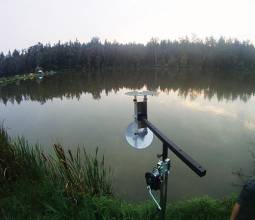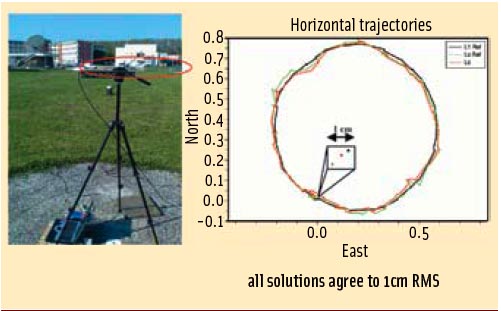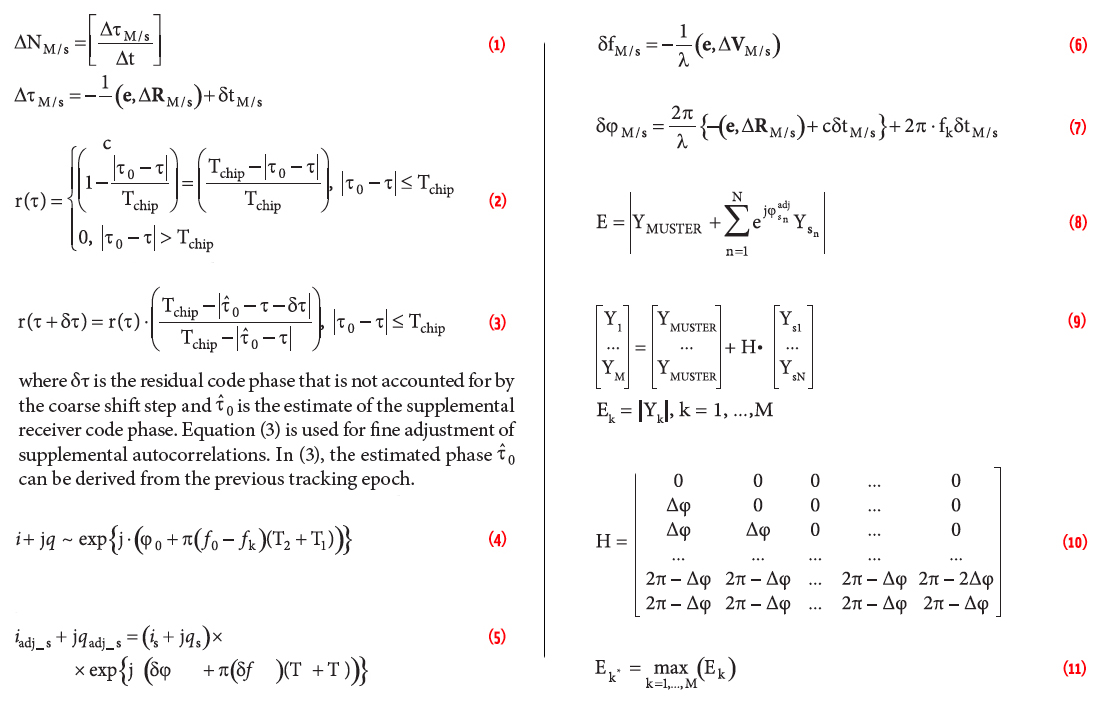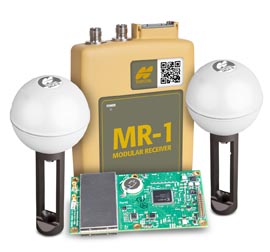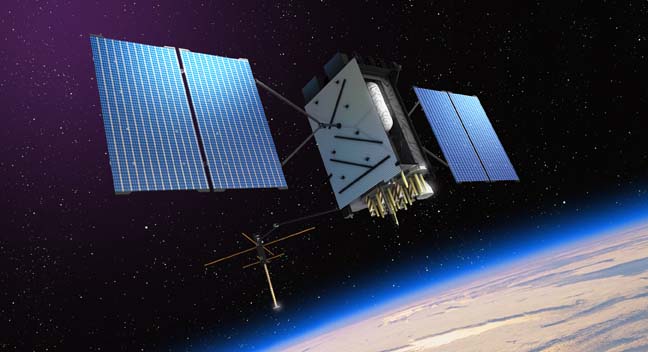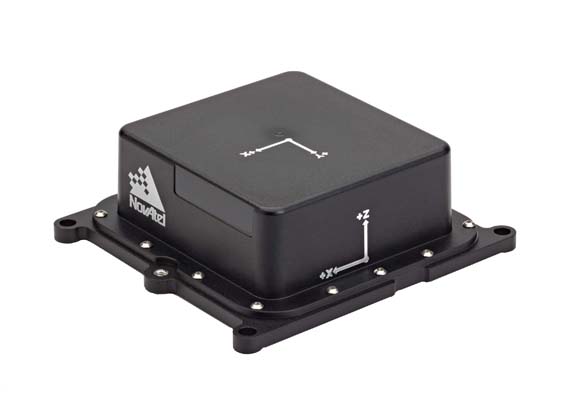White House Moves to Harden Infrastructure against GPS Disruption
System engineers across the country may soon be planning, in some cases perhaps for the first time, what they would do if they could not use the GPS service.
The effort is part of an expanded White House initiative to protect the nation’s critical infrastructure. Alhough infrastructure protection programs have been under way for some time, they did not necessarily address GPS vulnerabilities explicitly.
By Inside GNSS

